Officially known as Aurora Borealis, the Northern Lights are one of nature’s most spectacular visual phenomena. Appearing in many forms from patches or scattered clouds of light to streamers, arcs, curtains or shooting rays, the northern lights’ amazing light display can be observed in the sky of high latitude regions such as Norway or Canada. You might know the cause of this natural phenomenon (collision of solar wind and magnetospheric charged particles) but there are many more interesting facts about this unreal spectacle that are worth learning. Here are 25 of them, illustrated with some of the most amazing Northern Lights pictures you have ever seen.

The most spectacular Northern Lights in recent recorded history are considered those from the "Great geomagnetic storm" on 28 August and 2 September 1859. Studies have shown that a solar storm of this magnitude occurring today would likely cause widespread problems for modern civilization.
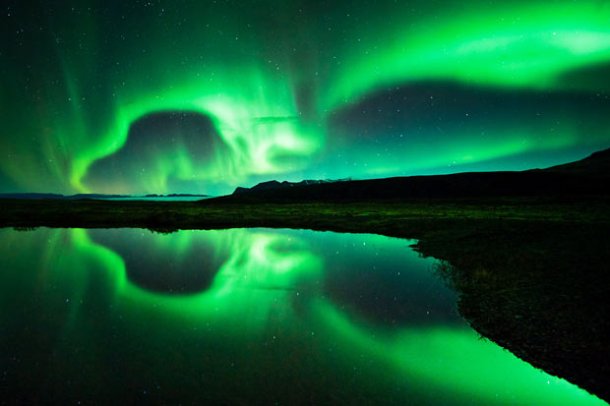 www.telegraph.co.uk
www.telegraph.co.uk Astronauts on board the International Space Station are at the same altitude as the Northern Lights and see them from the side.
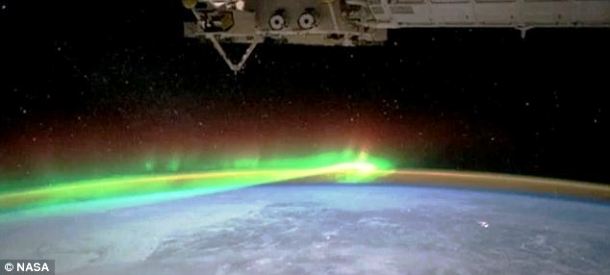 www.dailymail.co.uk
www.dailymail.co.uk The Southern Lights offer the same visual display as the Northern Lights but since the South Pole is even more inhospitable and inaccessible than the North Pole, it is more difficult to view the Southern Aurora. Therefore, the Northern Lights are more popular and get almost all the attention.
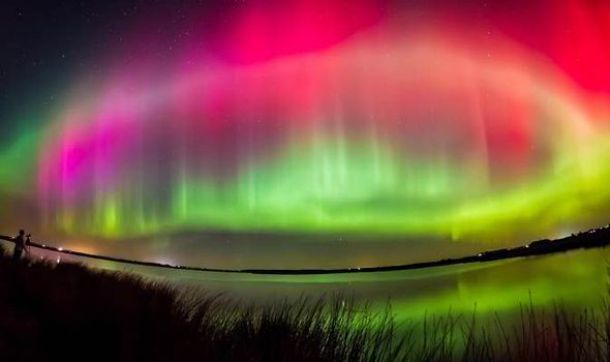 www.express.co.uk
www.express.co.uk There are several towns famous for their great conditions for watching the Northern Lights. In North America, the aurora tourism capital is Yellowknife (Northwest Territories, Canada), while Tromso (Northern Norway) is the same for Europe.
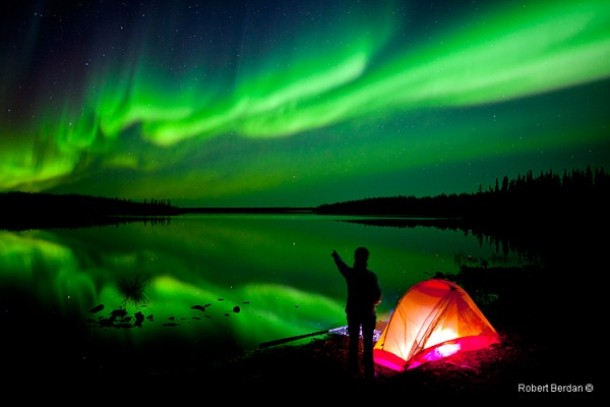 mybackyardtours.com
mybackyardtours.com There have been many legends about the Northern Lights. Some North American Inuit tribes call the aurora „aqsarniit“ (meaning “football players”) thinking it is the spirits of the dead playing football with a head of a walrus.
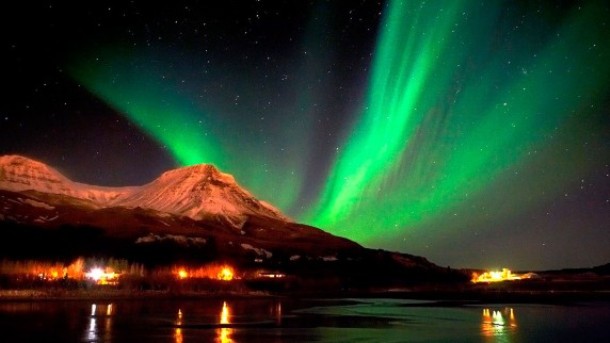 nexttriptourism.com
nexttriptourism.com The colors of the Northern Lights depend on what gas is involved and how high in the ionosphere the reaction takes place. Blue and green lights form at lower altitudes while red color comes from the highest altitudes.
 www.accuweather.com
www.accuweather.com Auroras tend to be more frequent and spectacular during high solar sunspot activity, which cycles over approximately eleven years. The last climax was in 2013.
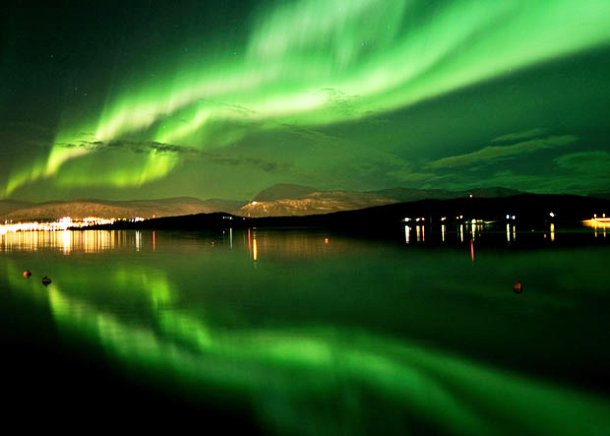 www.telegraph.co.uk
www.telegraph.co.uk In very Northern regions such as Alaska or Greenland, the Northern Lights may be visible most nights of the year. Actually, they can occur at any time of the day, but we can’t see them unless it’s dark.
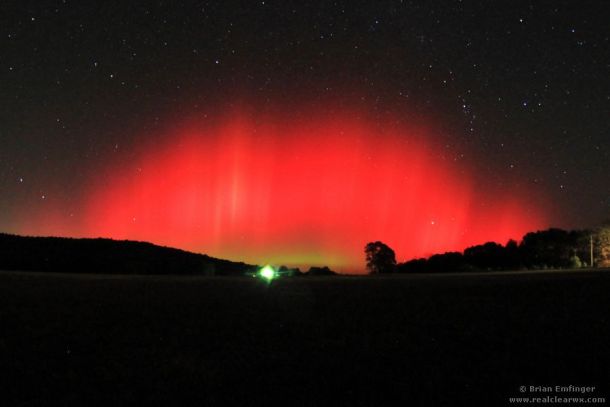 arkansasweather.blogspot.com
arkansasweather.blogspot.com The very best moment for watching aurora is when the auroral arcs reach furthest toward the equator and the magnetic pole is in between the observer and the Sun. This special time is called magnetic midnight.
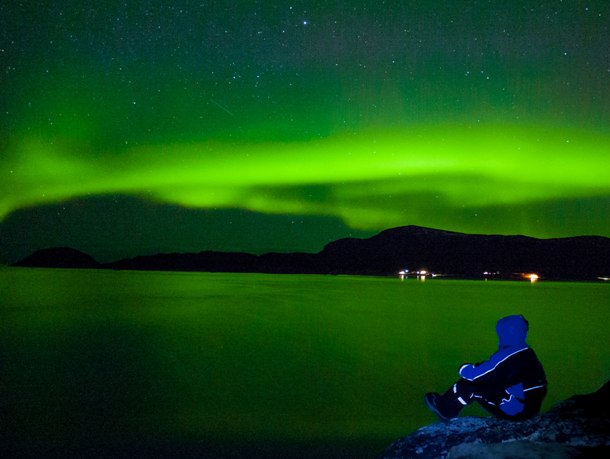 twoandahalfbackpacks.wordpress.com
twoandahalfbackpacks.wordpress.com There have been many famous and respected people trying to explain the phenomenon in history including Aristotle, Seneca, Descartes, Tycho de Brahe or Benjamin Franklin who theorized that the "mystery of the Northern Lights" was caused by a concentration of electrical charges in the polar regions intensified by the snow and moisture.
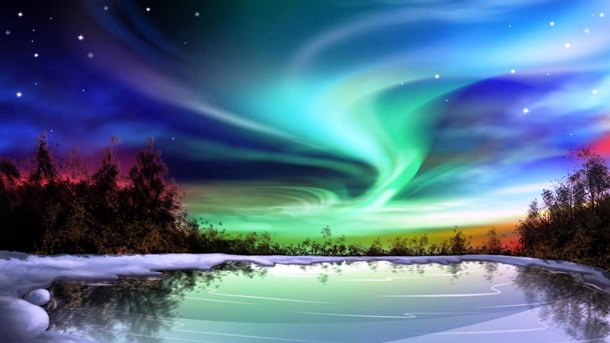 guardianlv.com
guardianlv.com Several agencies, such as NASA and the National Oceanic and Atmospheric Administration, monitor solar activity and issue aurora alerts accessible to public so that people eager to watch the Northern Lights know when and where they can expect this impressive show
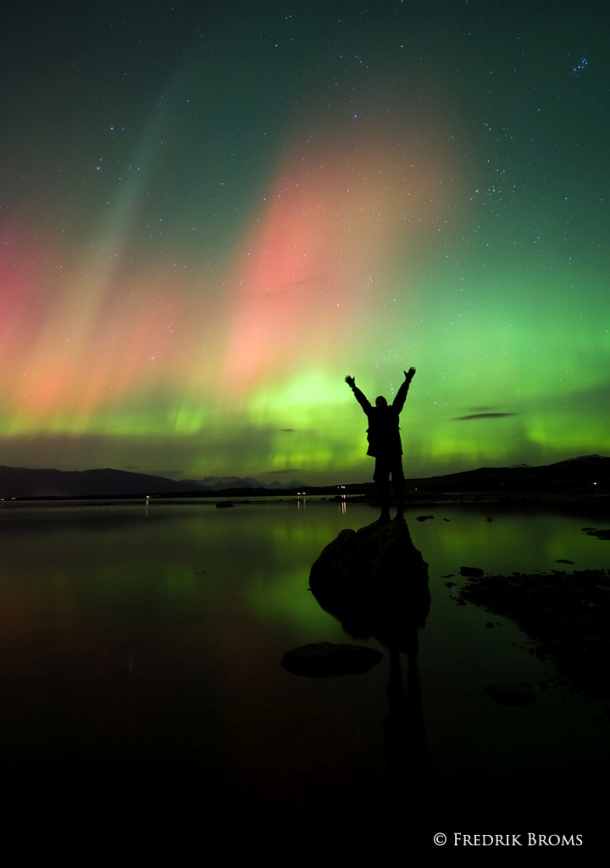 nordlysfoto.blogspot.com
nordlysfoto.blogspot.com Italian astronomer and philosopher Galileo Galilei was the first to describe the phenomenon as Aurora Borealis in 1619.
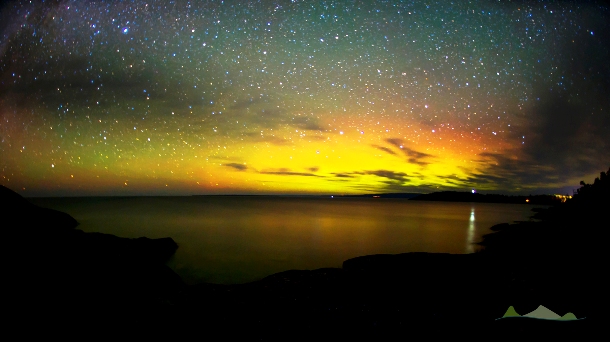 www.sootoday.com cover.jp
www.sootoday.com cover.jp Aurora Borealis have been a source of wonder for us for thousands of years. Drawings of the lights have even been found in ancient cave paintings in France dating back to 30,000 years ago.
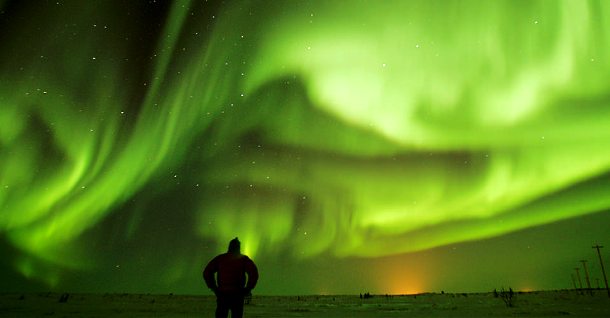 www.nathab.com
www.nathab.com The Northern Lights have their southern counterpart, the Aurora Australis (or the Southern Lights) that can be seen from high southern latitudes in Antarctica, South America, New Zealand, and Australia.
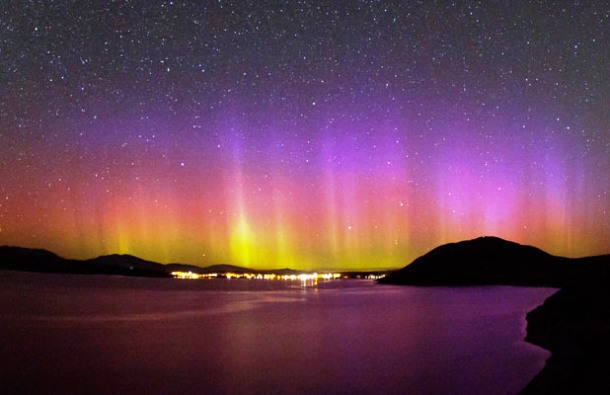 www.stuff.co.nz
www.stuff.co.nz Although missing a magnetic field, an aurora-like phenomenon has been also observed on Venus. Scientists suggest it can be caused by the reaction between the solar wind and the ions in the Venus´ ionosphere.
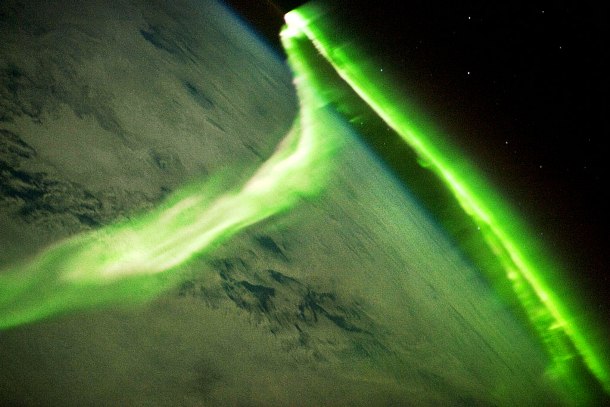 spacefellowship.com
spacefellowship.com The further North you are the better the chances of seeing the Northern Lights you have. Therefore, the Arctic is the best spot for watching this phenomenon. In winter, you can see the lights from the Arctic even in the afternoon.
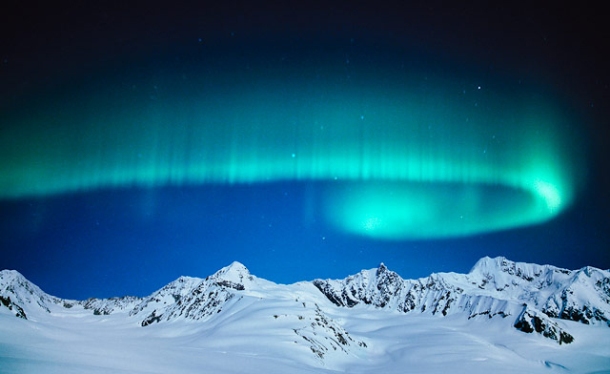 www.snowaddiction.org
www.snowaddiction.org No two Northern Lights can ever be the same. They are always of different patterns and colors.
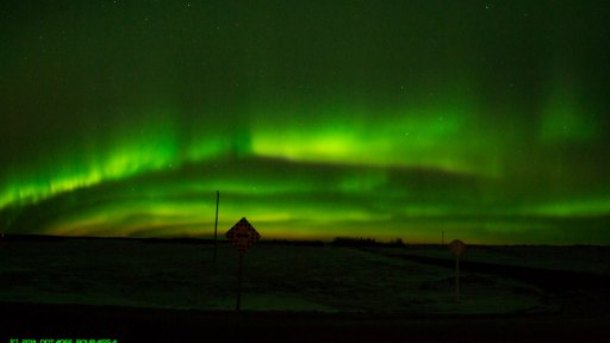 globalnews.ca
globalnews.ca The impressive light display that we see in the sky, seemingly just above our heads, is actually very far away – usually more than 60 miles above Earth. The most distant red lights take place at heights of over 400 miles up in the sky.
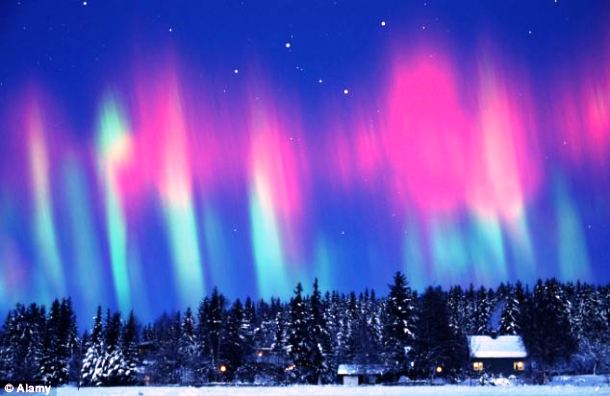 www.dailymail.co.uk
www.dailymail.co.uk Green is the most common color of all auroras. Then it is pink, a mixture of green and red, followed by pure red, yellow and finally, pure blue.
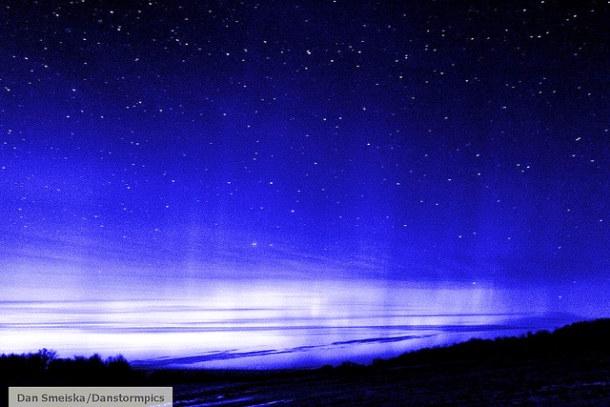 www.flickr.com
www.flickr.com During intense solar storms, the Northern Lights become more spectacular and can sometimes be visible as far south as Louisiana, Texas or even Mexico and Cuba.
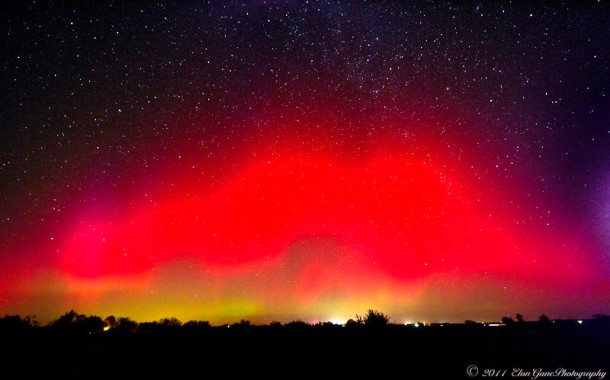 www.wunderground.com
www.wunderground.com Auroras occur on other planets as well. Similar to the Earth's aurora, they are visible close to the planet's magnetic poles. Astronomers have spotted the lights on Jupiter, Saturn, Uranus and Neptune.
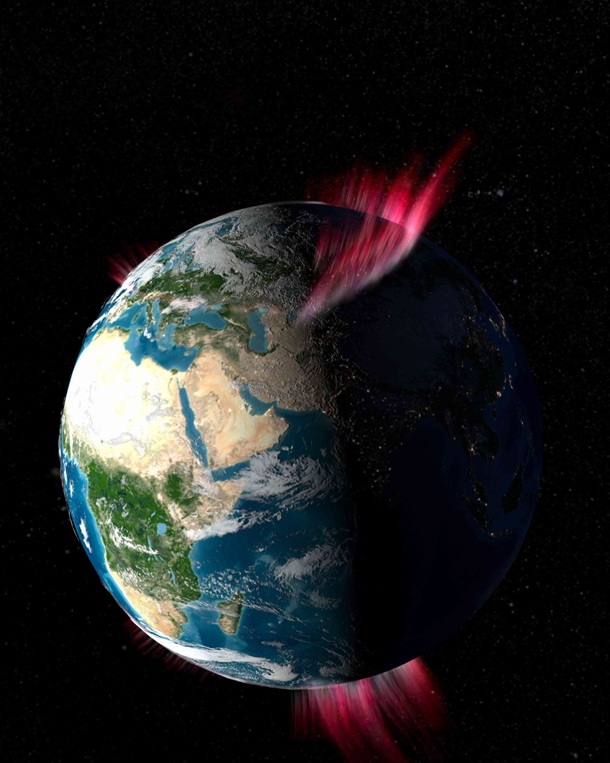 en.wikipedia.org
en.wikipedia.org Some Inuit tribes believed that the Northern Lights were the spirits of animals that they hunted - seals, salmons, deer and beluga whales.
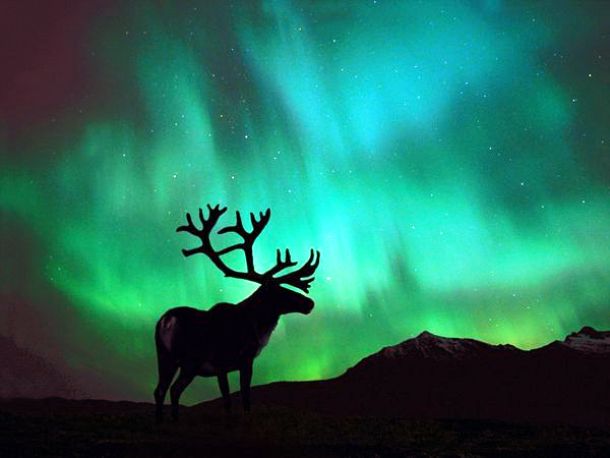 environment.nationalgeographic.com
environment.nationalgeographic.com The term Aurora Borealis was derived from Roman goddess of dawn, Aurora, and the Greek name for the north wind, Boreas.
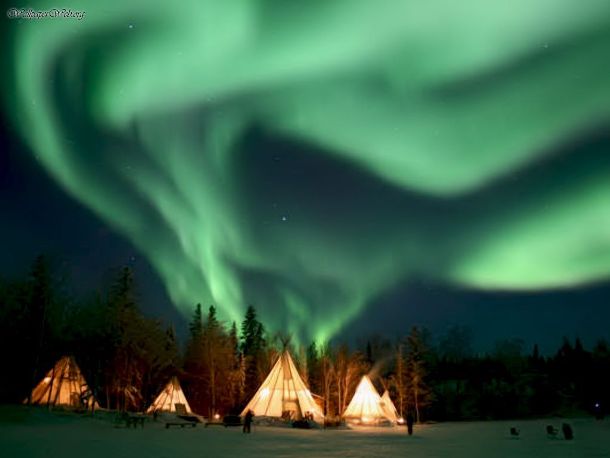 www.downloadjpeg.com
www.downloadjpeg.com The Earth’s magnetic field, which is responsible for the formation of the Northern Lights, extends tens of thousands of miles into space.
 calgary.ctvnews.ca
calgary.ctvnews.ca Apart from a spectacular visual display, the lights also produce faint sounds such as claps, crackles, and static sounds. However, the aurora noise is so rare that hearing it is probably possible only during times of maximum aurora activity, on windless nights away from other noise sources.
 www.museevirtuel-virtualmuseum.ca
www.museevirtuel-virtualmuseum.ca 


























